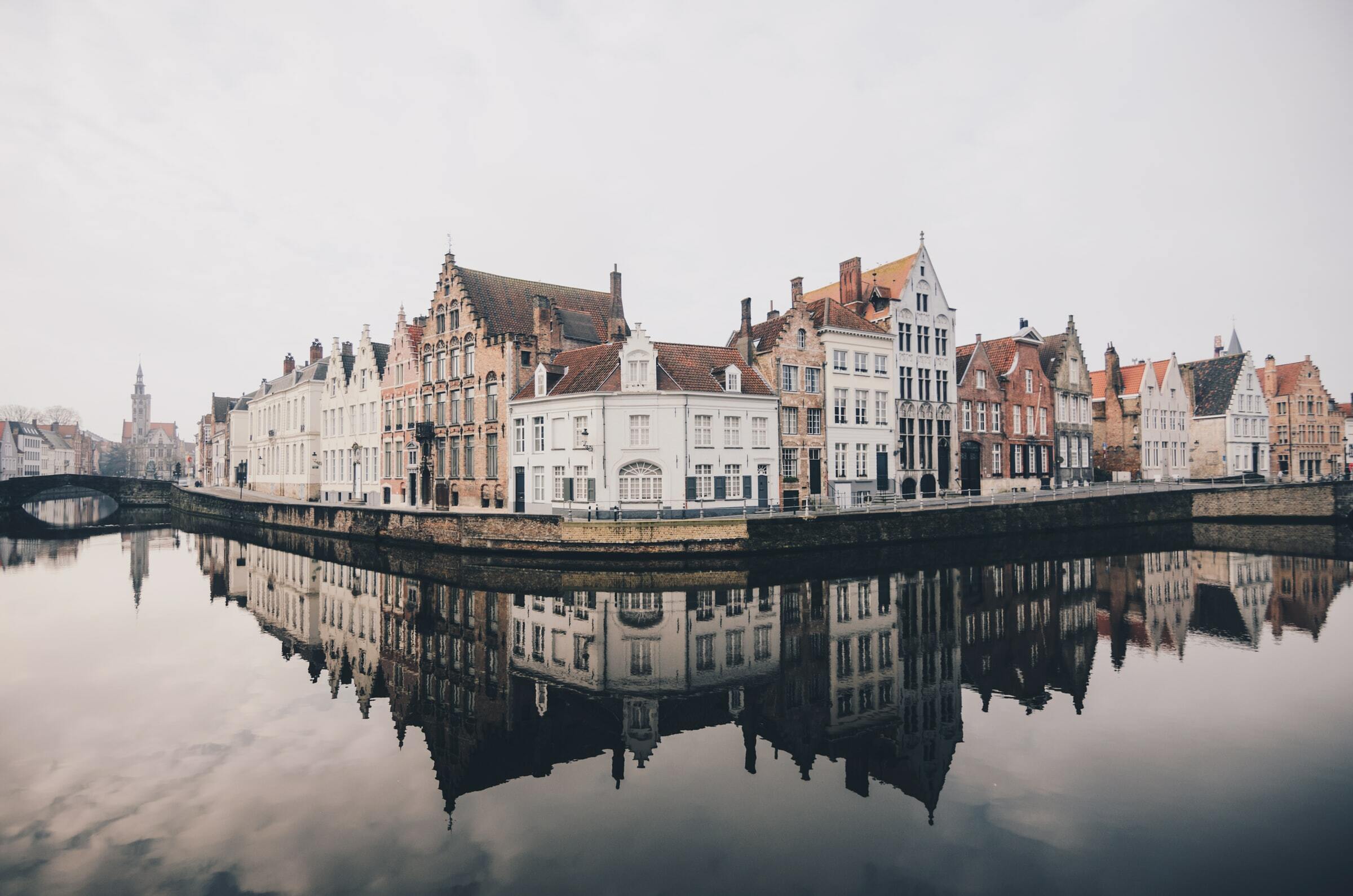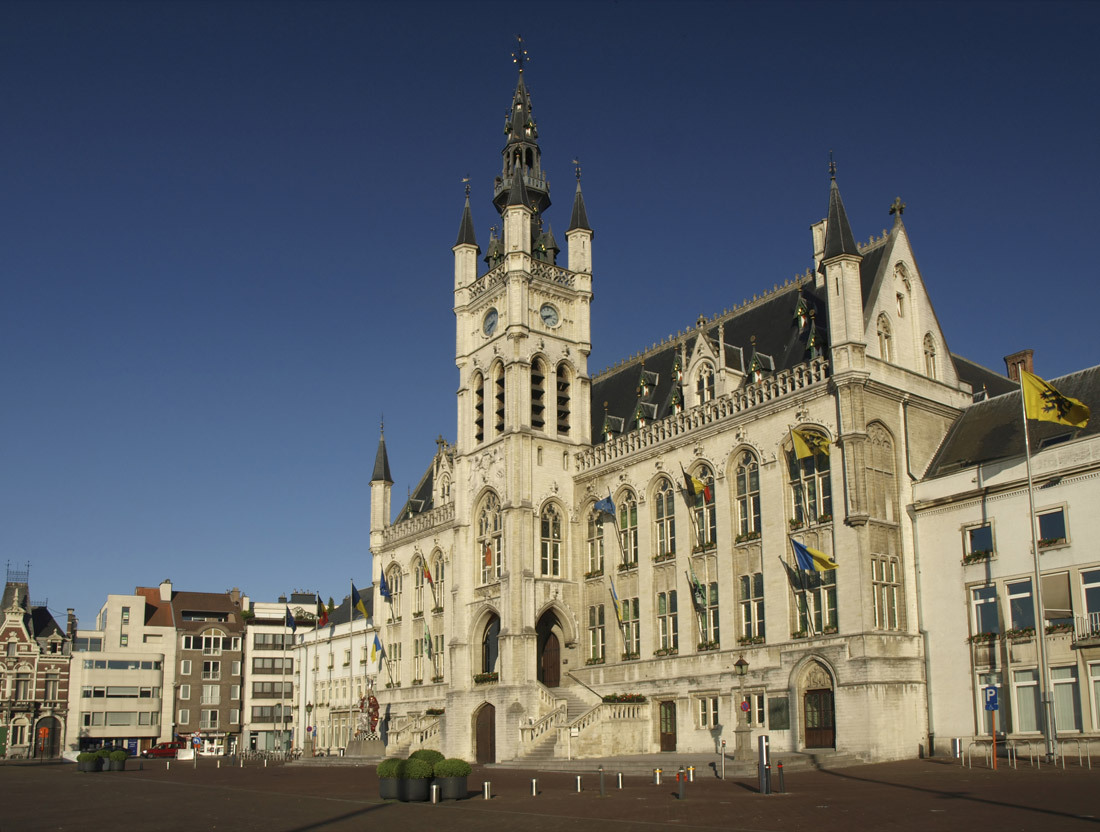
City of Ghent
First-line service satisfaction survey
The customer
The City of Ghent in East Flanders wants to offer its inhabitants the ‘BESTe’ service. ‘BESTe’ is a Dutch acronym that translates to 'reliable, simple, fast, accessible and preferably electronic' service. With a population of over 260.000 inhabitants, this can be a challenge. The City of Ghent offers its services in different ways, trying to fit every need. You can reach the City of Ghent not only via the physical counter, but also by telephone, online via chat, via social media, via their website and by email.
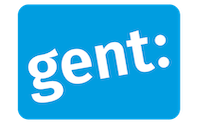
The challenge
The Department of Public Affairs and Citizens' Affairs wants to optimise the gateway to public services in a structural way through their first-line service.
In order to be able to realise the ‘BESTe’ service, the City of Ghent wants to focus strongly on the structural measurement of satisfaction after the use of the services. A measurement method across the various channels should continuously provide insight into the extent to which the city meets the expectations of its customers. This is a crucial aspect of customer oriented service provision. The City of Ghent enlisted our help to investigate how citizens experience the current service through their various channels.
Our approach
We started the project with a co-creation session in which we mapped out the services of the City of Ghent. Based on the outcome of the co-creation session, we drew up a measurement plan and developed specific questionnaires per channel.
In addition to classic satisfaction metrics such as Customer Satisfaction Score (CSAT), Customer Effort Score (CES) and Net Promoter Score (NPS) that can be measured across all channels, we also added channel-specific metrics. For telephone contact, this was the waiting time for the call and the friendliness of the operator. At the physical desk, we looked at the clarity of signage and the accessibility.
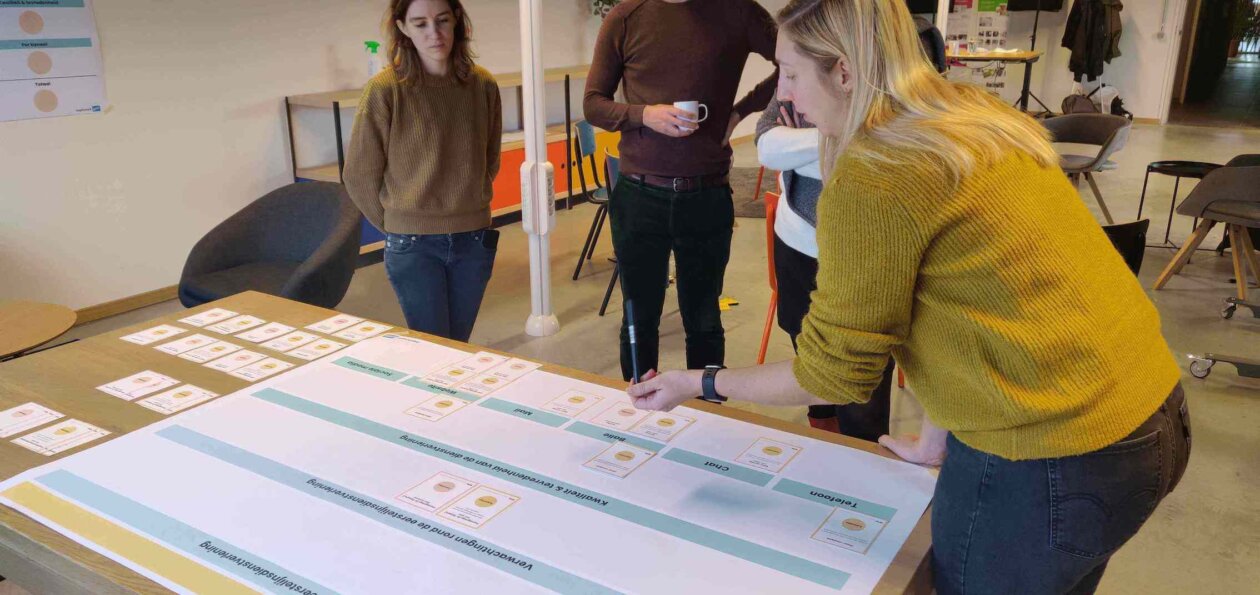
In order to get the full picture with regards to expectations and experiences, we carried out both quantitative and qualitative research. For the quantitative measurements, we sent out surveys to the inhabitants of Ghent. The qualitative measurements were carried out by means of interviews, user tests and observations.
We analysed all insights and structured them into a presentation. During this presentation, we showed the core insights, the opportunities and the pain points of the current first-line service. We found out that the inhabitants of Ghent are in general satisfied with the current services of the city, with room for improvement for some channels. We found out that inhabitants of Ghent expect wide opening hours across the various services and that fast service is a priority.
Our research in numbers
The result
The first measurements serve as a zero measurement, a benchmark the City of Ghent can compare the next measurements to. Based on our insights, the city can work on some improvements and adjustments, such as making tables on the website more user friendly for mobile visitors.
After a while, they can review these adjustments by means of periodic tests. They can periodically re-execute the methods we set up for them and compare them with the zero measurement. This gives them an insight into the growth of their 'BESTe' first-line service.
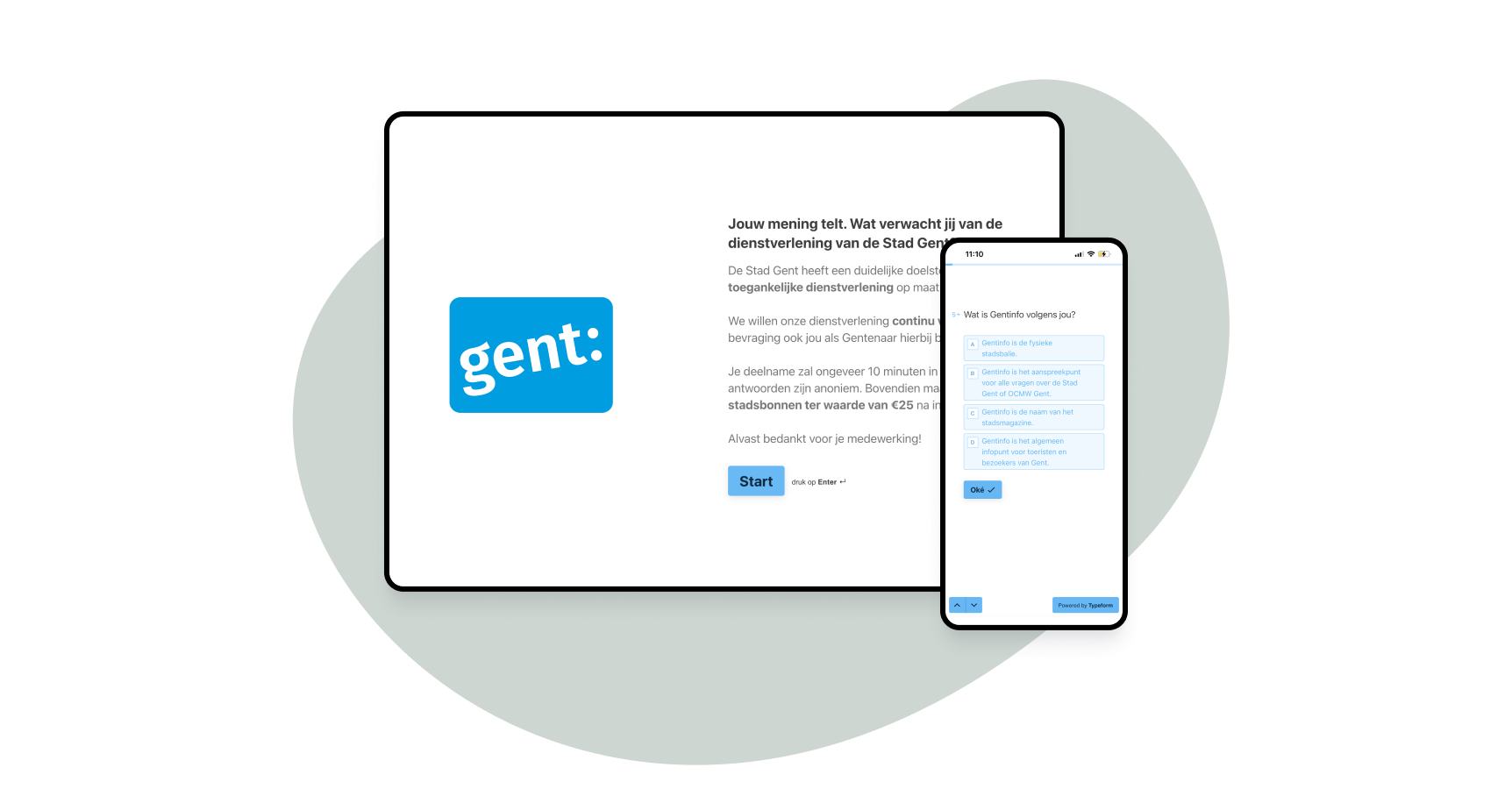
Call To Action
Do you also want to gain more insight into the expectations of your target group?
